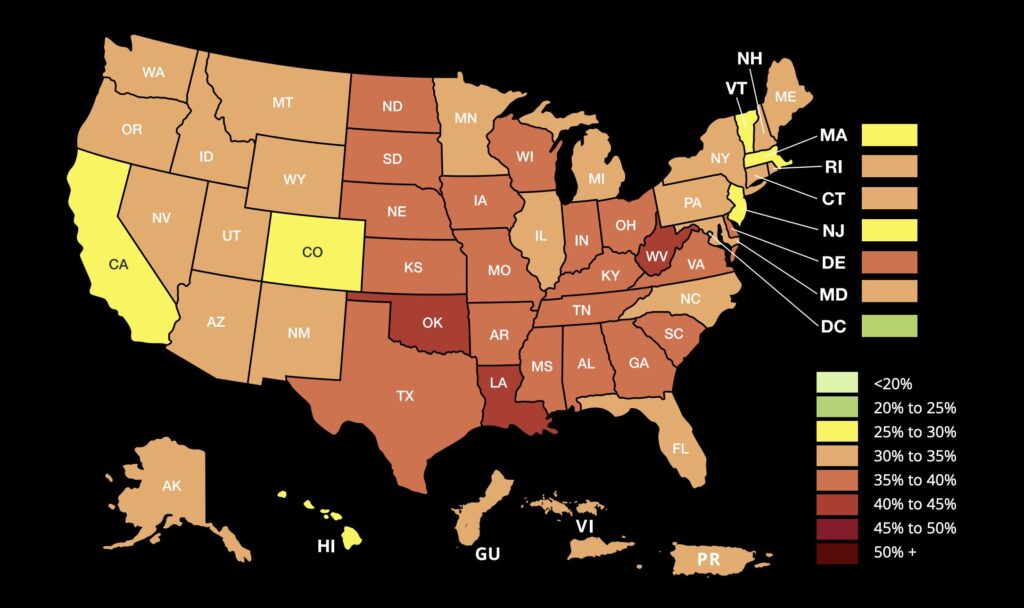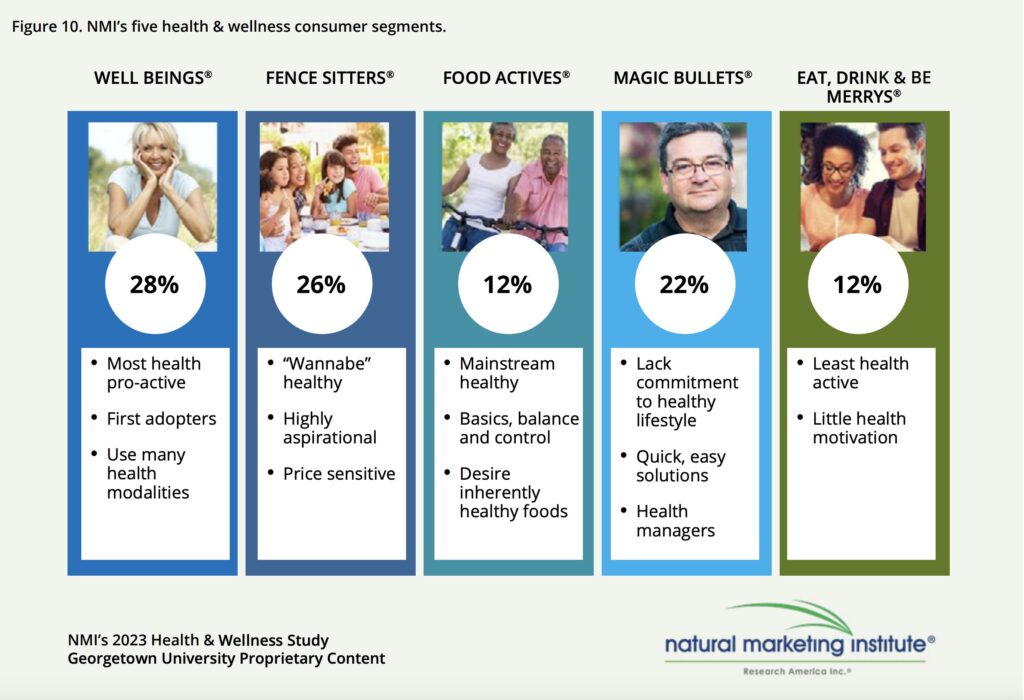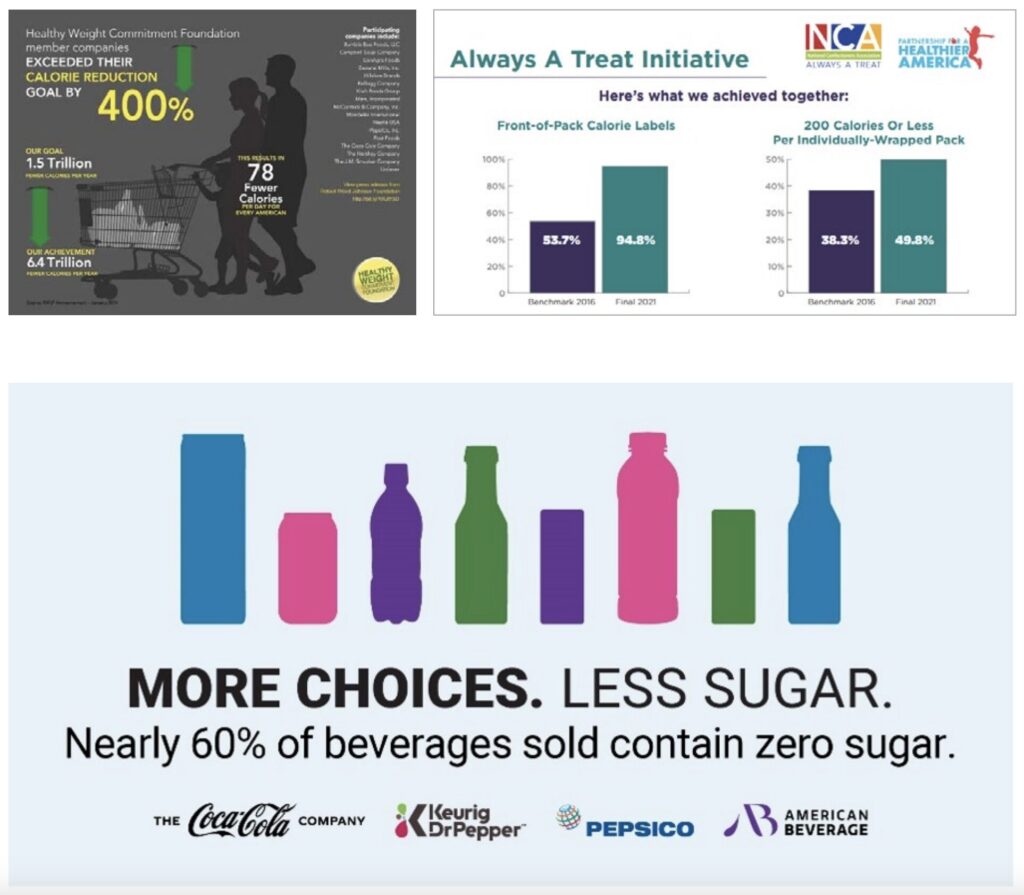The Power of Portions: How Reducing Portion Sizes Can Cut Food Waste & Tackle Obesity
7 Mins Read
Reducing portion sizes of food and beverage offerings in both the foodservice and packaged goods spaces can address the United States’ growing food waste and obesity problems, according to a new report.
In 2014, the McKinsey Global Institute pinpointed portion control as the best intervention to prevent long-term health disabilities and reduce obesity rates. Building on that work a decade later, the Portion Balance Coalition (PBC) at Georgetown University’s McDonough School of Business has produced a new report that links portion sizes to food waste and obesity.
In the US, the average size of many food items has expanded by as much as 138% since the 1970s, with Americans consuming 23% more calories today. Wherever consumers buy their meals, food portions are much larger now than they used to be, far exceeding the USDA and FDA’s dietary guidelines.
The report provides what it calls a “state-of-the-union-level assessment” of portion sizes via an analysis of corporate and government public health strategies, efforts towards reducing the food industry’s climate footprint, and a consumer survey to gauge what the public thinks about portion sizes. It found that half (51%) of Americans practice some form of portion management and desire smaller sizes, but notes that significant progress needs to be made to address overconsumption.
“When we view portion efforts through a holistic lens, we give consumers the tools they need to make informed decisions about food and wellness while supporting broader corporate goals to reduce food waste and lower costs,” said PBC chair Hank Cardello.
Why portion sizes can address obesity and food waste

Federal data shows that over 70% of American adults are overweight, with nearly 40% being obese. Separate government figures also show that nearly 22 states have an obesity rate of 35% higher – 10 years ago, that number was zero. In fact, only Washington DC has an obesity incidence increase of less than 25% in all of the US. Large portion sizes have played a major role in this rise, according to the PBC, encouraging people to eat more, which in turn makes it take longer for them to feel full, and more difficult to balance static levels of physical activity.
Meanwhile, the country sees 30-40% of its food supply go to waste, using 2% of the annual energy for consumption, 70% of the potable water and 37% of the landmass. Much of this happens at restaurants, where 31-40% of food never gets consumed. The PBC report states that smaller portions “could greatly reduce this dilemma”, in addition to helping restaurants save money by using lower volumes of ingredients.
The study notes that there are several advantages of smaller portions. Individual, single-serve portion sizes are very portable; consumers don’t need to change their eating habits as there’s no taste compromise; there could be a lower cost with people eating smaller amounts (even with per-ounce prices being higher); companies don’t need to reformulate products (only packaging); and smaller quantities can help reduce food waste too.

Conducted by the Natural Marketing Institute, the PBC’s 1,005-person survey found that while taste is still the biggest consideration for food preparation decisions in the US, portion sizes are important for 85% of consumers – they are more influential than factors like added sugar, sodium, calories, saturated fats, and ingredient origin. Meanwhile, 49% said they buy single-serve foods because they’re a convenient way to eat healthier by portioning food and curbing hunger during busy days.
The poll placed consumers into five segments: the Well Beings, Fence Sitters, Food Actives, Magic Bullets, and the Eat, Drink and Be Merrys. The first two make up 54% of the population and, given they are health-driven, represent the biggest opportunity for uptake of smaller portion sizes. The latter two, however, exhibit the highest overweight and obesity rates, and are less attuned to adopt smaller portions to help manage their weight.
A total of 43% of respondents said portion sizes have a lot of influence on what they eat at home, particularly with cheese, bottled water, yoghurt and snacks/tortilla chips. On the other end of the spectrum are non-chocolate candies and lunchbox snacks, where portion sizes don’t garner much influence.
Food companies are addressing portion sizes
The study notes that the food industry has made progress in reducing sugar, calories and portion sizes, citing research that suggested that nearly 60% of all beverages sold are now zero sugar. This came on the back of efforts from The Coca-Cola Company, Keurig Dr Pepper and PepsiCo to reduce beverage calories per person by 20% in the US.
The PBC points to a similar successful effort in the confectionery industry too, where companies like Mars Wrigley, Ferrero, Lindt and Ghirardelli Chocolate set a five-year goal to create more portion guidance options and educate consumers about candy being an occasional treat, with just under half of their individually wrapped packs coming at 200 or fewer calories by the end of 2021. The analysis also mentioned initiatives from Mondelēz International, Unilever, Nestlé and The Kraft Heinz Company.
It’s important to note that the PBC report was sponsored by many of these companies and related interest groups, such as the American Beverage Association, American Frozen Food Institute, General Mills, Mondelēz International, National Confectioners Association and Kraft Heinz.

The more challenging sector, though, has been foodservice, a major contributor to the uptick in calorie consumption. Some restaurants have cut down portion sizes in response to soaring supply chain and labour costs. For example, Burger King’s largest franchisee trimmed sizes in early 2022, including reducing 10-piece nuggets to eight, and removing the Whopper from its discount menu.
However, many opportunities for improvement remain because people are eating out more often, and when they do, they consume more calories (about 200 extra compared to eating at home). Kids’ menus contain an alarming amount of calories too, 147% higher than nutritionists recommend. But this gives restaurants a competitive advantage at a time when many consumers are looking for value when dining out.
Plus, research has shown that people who are served larger portions have difficulty knowing when they’ve eaten enough. The PBC notes that subtle nudges toward more reasonable portions, creating recipes that focus on the right amount of nutritional ingredients, and actions to cut food waste can help address obesity and restaurants’ climate footprints, and in turn bring financial benefits with reduced costs per recipe.
How the food system can leverage portion control
According to the report, consumers are employing several ways to manage portions, with intuitive methods (like eating until the stomach feels full, or practising mindful eating) being the most prevalent approach. This creates an opportunity to deploy more visual cues and educate consumers about the benefits of portions, including convenience, lower prices, less food waste, and more positive environmental impact.
The report makes several recommendations for stakeholders in the food industry:
- Implement targeted strategies to help consumers adopt portion balance behaviours, especially those in the Magic Bullet group, who are the prime target for hunger-suppressing drugs like Ozempic and Wegovy. Offering smaller portions can help food companies sustain sales in an era where these semaglutide drugs are changing the industry as we know it.
- Food manufacturers and chains should lead smaller portion commitments, which offer quick and affordable changeovers (mostly in terms of packaging or menu adjustments). This also has implications for increased profitability and an expanded consumer base, while on the other hand, underutilising this tool could invite pressure from government regulators and public health advocates.
- Use more visual cues to help consumers manage portion intake. This entails visually eyeballing protein amounts, portioning out foods with measuring cups and spoons, and promoting eating from a plate instead of directly from the package.
- Add a Portion Guidance section to food labelling to motivate consumer change. Well Beings look for nutrition information on packaging way more than the rest, and current labelling efforts focus on meeting their demands. But they need to appeal to other consumer segments to effect larger shifts in dietary behaviours.
“Challenges remain in engaging different consumer segments to change their behaviours,” said Cardello. “Reversing the tide on ever-increasing portion sizes will not be easy, but we are hoping that the information and data presented here will help galvanise our resolve to offer more reasonable portion sizes in more products and menu items, and to help consumers manage their intake of food and lead healthier lives.”




